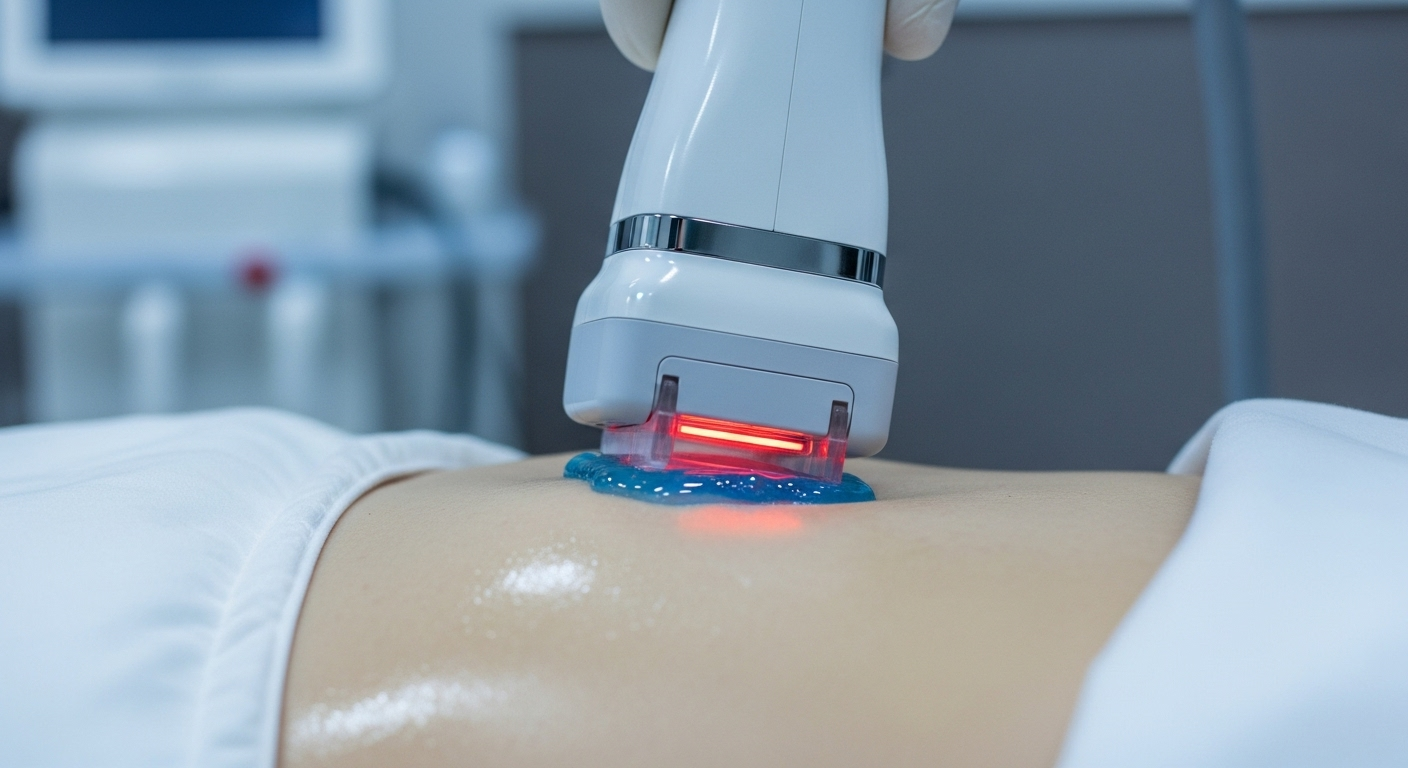Unveiling the Power of Laser Skin Treatment: A Comprehensive Guide
Laser skin treatment has revolutionized the field of dermatology, offering a non-invasive solution to various skin concerns. This innovative approach harnesses the power of focused light energy to target specific skin issues, promoting rejuvenation and addressing a wide range of dermatological conditions. As more people seek effective ways to improve their skin's appearance and health, laser treatments have become increasingly popular in clinics worldwide.

During a laser treatment, the device emits pulses of light that penetrate the skin to different depths, depending on the specific condition being treated. The light energy is then absorbed by the targeted tissue, causing controlled damage that stimulates the body’s natural healing processes. This healing response often includes increased collagen production, which can lead to smoother, firmer skin over time.
What skin conditions can be treated with laser therapy?
Laser skin treatments are versatile and can address a wide range of dermatological concerns. Some of the most common conditions treated with laser therapy include:
-
Acne and acne scars
-
Fine lines and wrinkles
-
Sun damage and age spots
-
Rosacea and vascular lesions
-
Unwanted hair
-
Tattoo removal
-
Stretch marks
-
Melasma and hyperpigmentation
The effectiveness of laser treatment can vary depending on the specific condition, the individual’s skin type, and the type of laser used. Dermatologists often customize treatment plans to address each patient’s unique needs and goals.
What are the different types of laser treatments available?
There are several types of laser treatments available in dermatology clinics, each designed to target specific skin concerns:
-
Ablative lasers: These remove the top layer of skin and are effective for deep wrinkles, scars, and significant sun damage.
-
Non-ablative lasers: These target the underlying skin tissue without damaging the surface, making them suitable for mild to moderate skin issues with minimal downtime.
-
Fractional lasers: These create microscopic treatment zones in the skin, allowing for faster healing and reduced risk compared to full-surface treatments.
-
Pulsed-dye lasers: These target blood vessels and are effective for treating rosacea, port wine stains, and other vascular lesions.
-
Q-switched lasers: These are primarily used for tattoo removal and treating pigmented lesions.
-
Intense Pulsed Light (IPL): While not technically a laser, IPL devices use broad-spectrum light to treat various skin conditions and are often grouped with laser treatments.
What can patients expect during and after a laser skin treatment?
During a laser skin treatment, patients typically experience a sensation of heat or mild discomfort, which can be managed with topical anesthetics or cooling devices. The duration of the procedure can range from a few minutes to over an hour, depending on the treatment area and the specific laser being used.
After the treatment, patients may experience redness, swelling, and mild discomfort, similar to a sunburn. These side effects usually subside within a few days to a week, depending on the intensity of the treatment. More aggressive treatments may require longer recovery times.
It’s crucial for patients to follow post-treatment care instructions provided by their dermatologist, which often include:
-
Avoiding direct sun exposure and using broad-spectrum sunscreen
-
Keeping the treated area clean and moisturized
-
Avoiding harsh skincare products or exfoliants for a specified period
-
Attending follow-up appointments to monitor progress and adjust treatment plans if necessary
How much does laser skin treatment cost?
The cost of laser skin treatment can vary significantly depending on factors such as the type of laser used, the size of the treatment area, the number of sessions required, and the location of the clinic. Here’s a general overview of pricing for common laser treatments:
| Treatment Type | Average Cost per Session | Number of Sessions Typically Needed |
|---|---|---|
| Ablative Laser Resurfacing | $1,500 - $3,000 | 1-2 |
| Non-ablative Laser | $300 - $1,000 | 3-5 |
| Fractional Laser | $900 - $1,500 | 3-5 |
| IPL Treatment | $300 - $600 | 3-6 |
| Laser Hair Removal | $200 - $800 | 6-8 |
Prices, rates, or cost estimates mentioned in this article are based on the latest available information but may change over time. Independent research is advised before making financial decisions.
It’s important to note that many dermatology clinics offer package deals for multiple sessions, which can reduce the overall cost. Additionally, some medical insurance plans may cover laser treatments for certain skin conditions, particularly when they are deemed medically necessary.
How to choose the right dermatology clinic for laser skin treatment?
Selecting the right dermatology clinic for laser skin treatment is crucial for achieving optimal results and ensuring patient safety. When choosing a clinic, consider the following factors:
-
Qualifications and experience of the dermatologists and technicians
-
Types of laser devices available and their suitability for your skin concerns
-
Patient reviews and before-and-after photos of previous treatments
-
Cleanliness and professionalism of the clinic environment
-
Transparency in pricing and willingness to answer questions about the procedure
-
Availability of personalized treatment plans and follow-up care
It’s also advisable to schedule consultations with multiple clinics to compare their approaches and find the best fit for your needs and budget.
Laser skin treatment offers a powerful and versatile solution for various dermatological concerns. By understanding the different types of treatments available, what to expect during the process, and how to choose the right clinic, patients can make informed decisions about their skin health and aesthetic goals. As with any medical procedure, it’s essential to consult with a qualified dermatologist to determine the most appropriate treatment plan for your individual needs.






